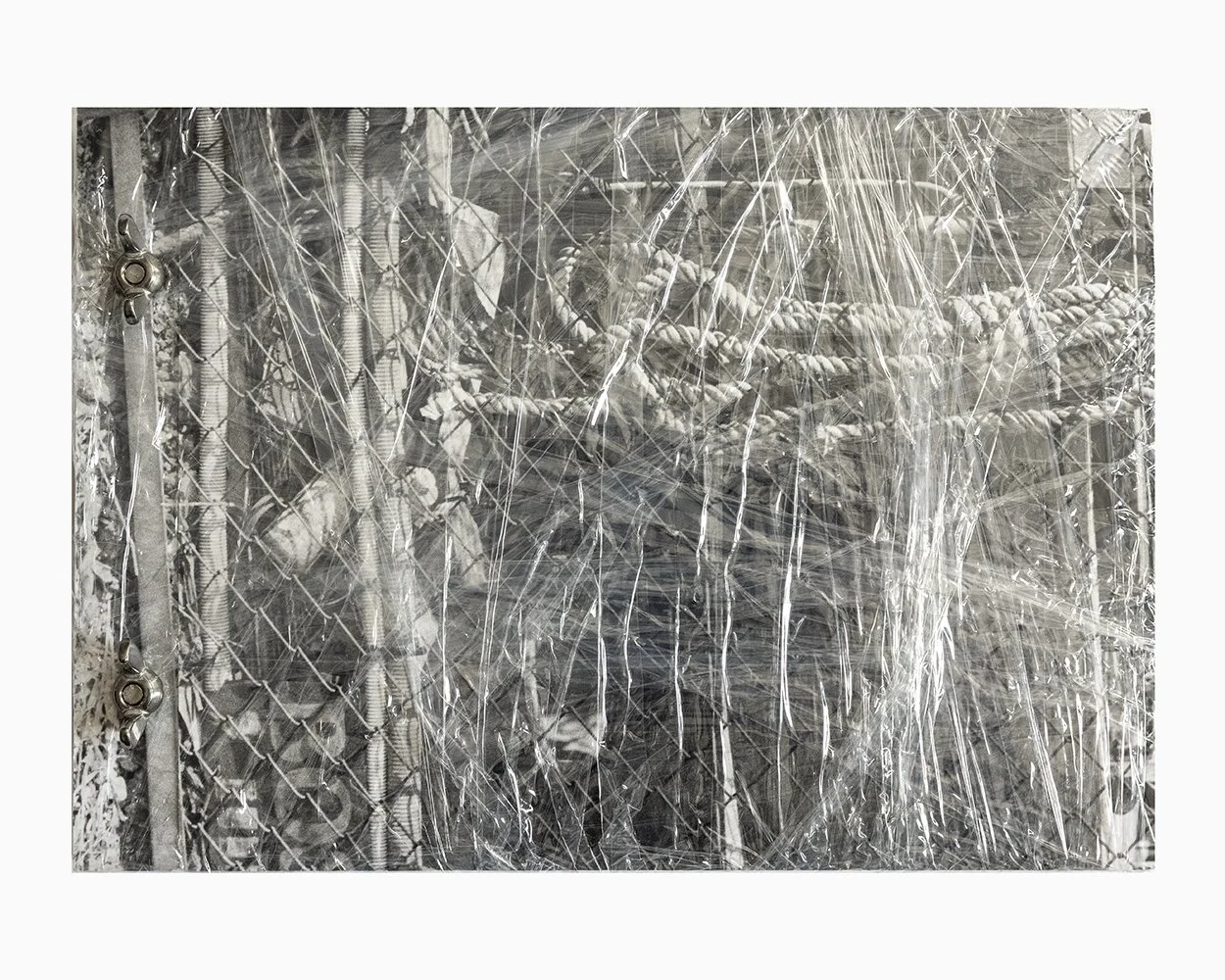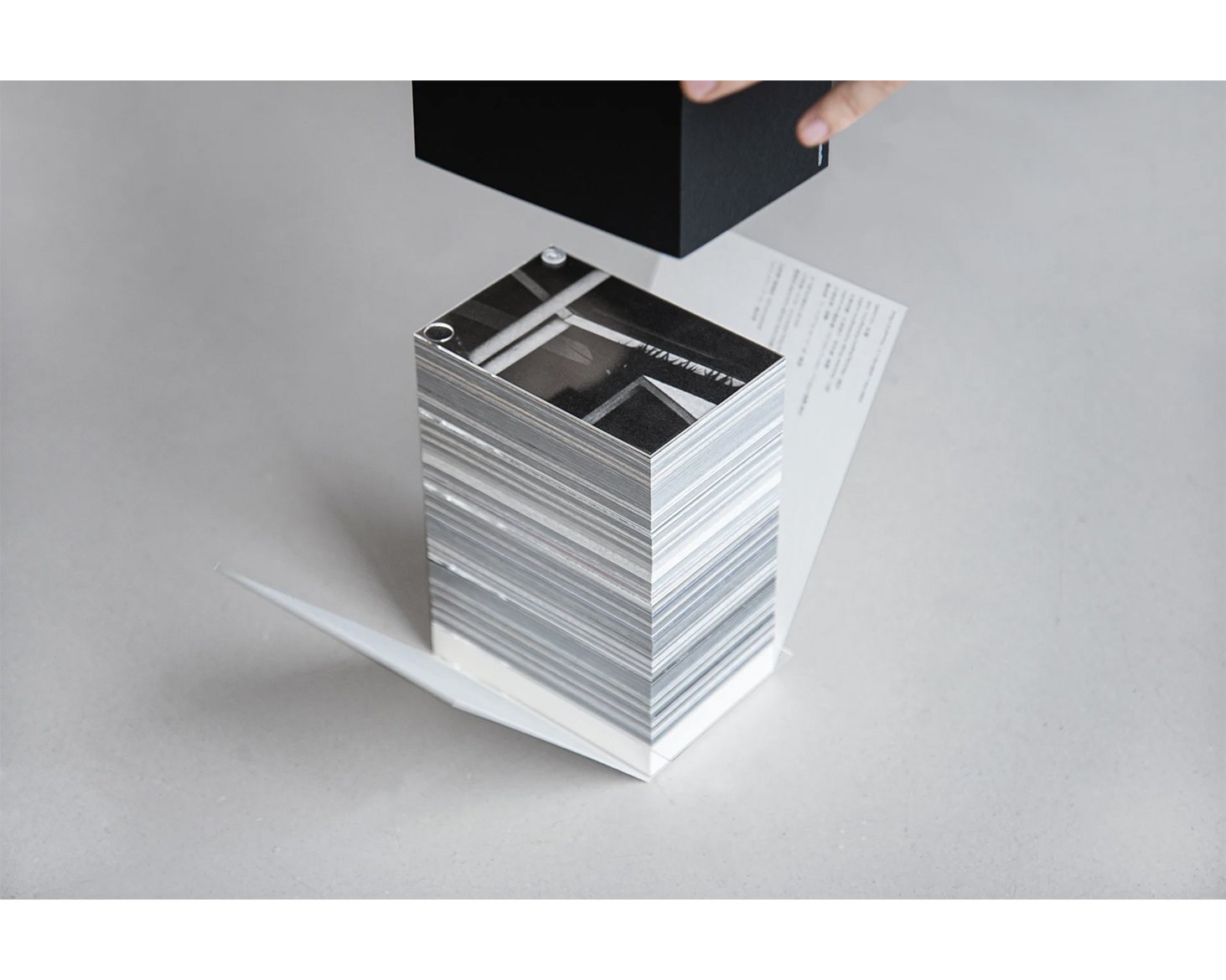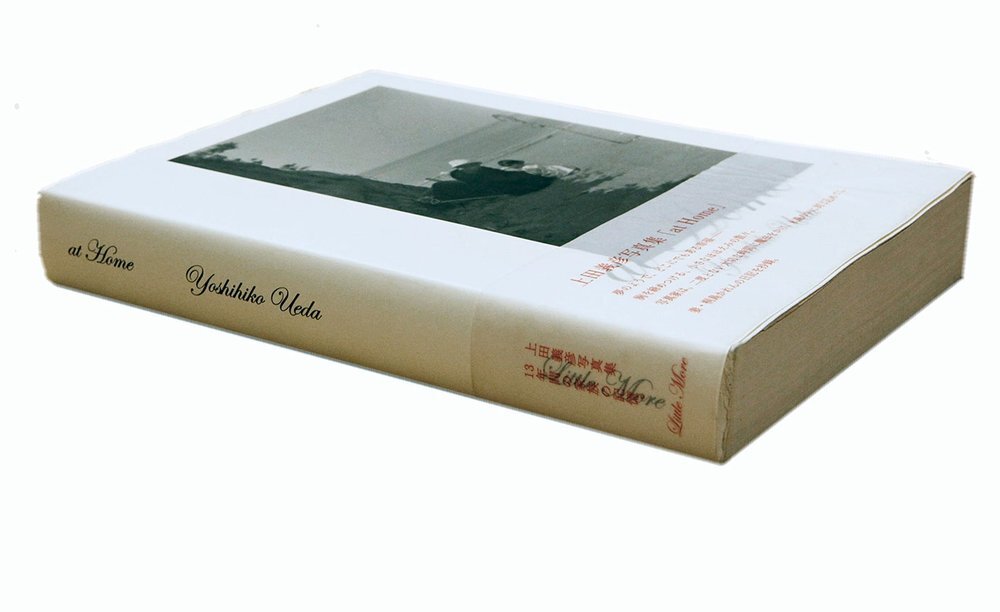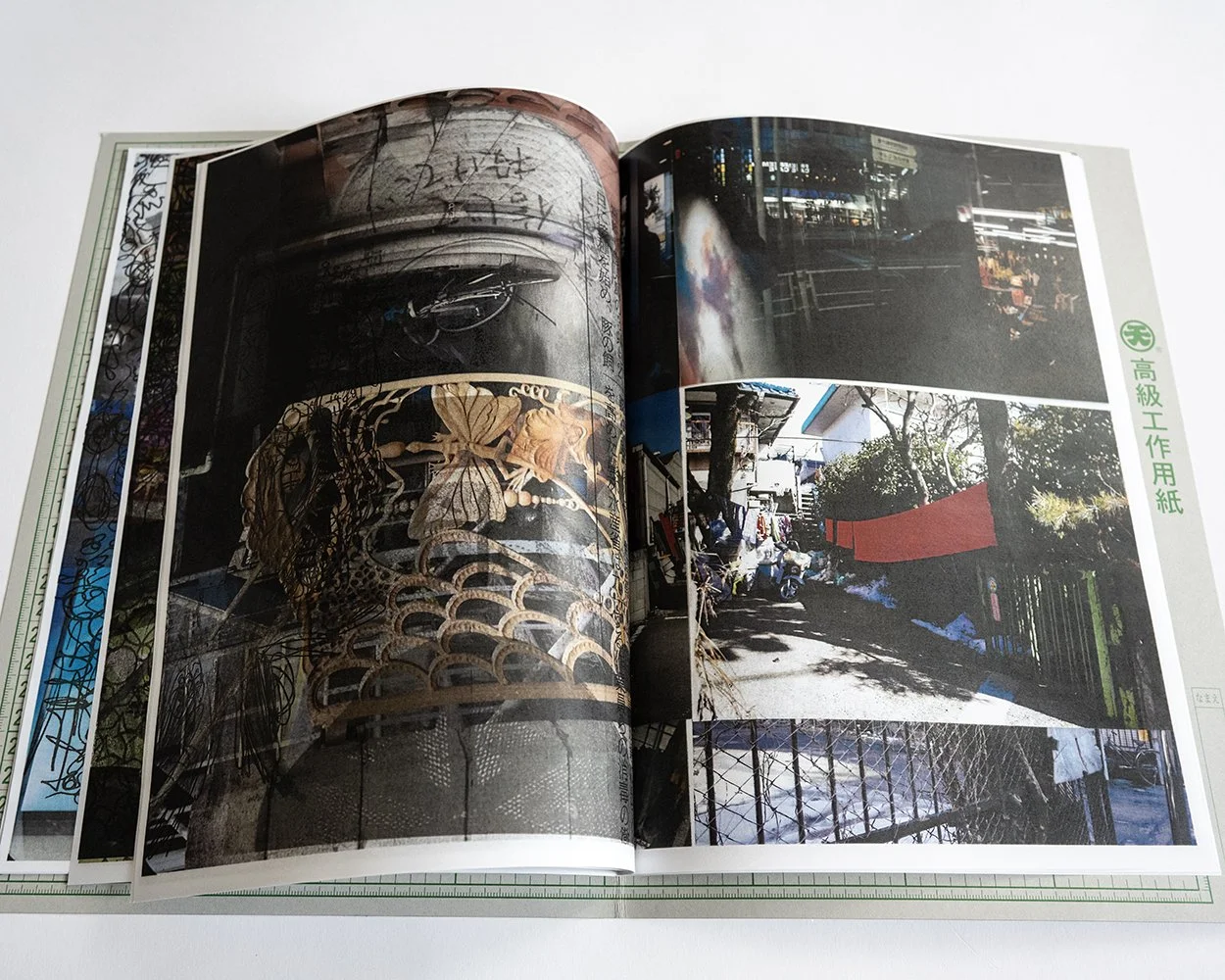 Image 1 of 10
Image 1 of 10

 Image 2 of 10
Image 2 of 10

 Image 3 of 10
Image 3 of 10

 Image 4 of 10
Image 4 of 10

 Image 5 of 10
Image 5 of 10

 Image 6 of 10
Image 6 of 10

 Image 7 of 10
Image 7 of 10

 Image 8 of 10
Image 8 of 10

 Image 9 of 10
Image 9 of 10

 Image 10 of 10
Image 10 of 10











Third Ward by Toshi (Signed)
Third Ward by Toshi (Signed)
Made by Toshi 2022
A handmade book, limited to 10 copies Signed.
Handmade 8.25 x 6 inches
Color 60 pages
Snapshots of desolate buildings and landscapes in northern Japan
"You are hereby notified that, as a result of the examination by a designated psychiatrist, it has been determined that hospitalization is necessary."
"The name "Toshi" is symbolic and makes it difficult to imagine an individual life. From what I know, Toshi is female and lives in Hokkaido—that’s about all.
However, I have seen many of her photographs. The images displayed across the workshop table depicted desolate landscapes, rusted iron towers, snow, overcast skies, and drab-colored apartment complexes.
Where these were taken is not particularly important. All we need to know is that the locations were chosen by Toshi, and that this selection was made intuitively and momentarily. If it is considered a work of art, we must then look at what the photographer’s intuition found and what kind of world she is attempting to create.
From Toshi's photos, one can superimpose images of Japan's economic downturn, the collapse of rural economies, and the depressive mental state that permeates society.
However, this does not confine the photographs to being "socially conscious" works that criticize the reality of rural life. Rather, by framing them, the photos seem to distance themselves from reality, suggesting a world that exists elsewhere—perhaps like the "Upside Down" in Stranger Things. Just as Stranger Things is set in a rural area during the late Cold War of the 1980s, against the backdrop of psychological anxieties about a Soviet attack, it depicts "another world."
So, what is "Third Ward"? If there is a third, there must be a first and second. Yet, the first and second are not explicitly shown, and the ward itself doesn’t seem to refer to a physical place. As we look at the photographs, we imagine the third ward, using what’s depicted as clues. We imagine what lies beyond or beneath the world captured in the images. In doing so, we may discover that the one confined to the ward is none other than yourself."
~ In response to Toshi’s "Third Ward"
Takazawa Kenji
Third Ward by Toshi (Signed)
Made by Toshi 2022
A handmade book, limited to 10 copies Signed.
Handmade 8.25 x 6 inches
Color 60 pages
Snapshots of desolate buildings and landscapes in northern Japan
"You are hereby notified that, as a result of the examination by a designated psychiatrist, it has been determined that hospitalization is necessary."
"The name "Toshi" is symbolic and makes it difficult to imagine an individual life. From what I know, Toshi is female and lives in Hokkaido—that’s about all.
However, I have seen many of her photographs. The images displayed across the workshop table depicted desolate landscapes, rusted iron towers, snow, overcast skies, and drab-colored apartment complexes.
Where these were taken is not particularly important. All we need to know is that the locations were chosen by Toshi, and that this selection was made intuitively and momentarily. If it is considered a work of art, we must then look at what the photographer’s intuition found and what kind of world she is attempting to create.
From Toshi's photos, one can superimpose images of Japan's economic downturn, the collapse of rural economies, and the depressive mental state that permeates society.
However, this does not confine the photographs to being "socially conscious" works that criticize the reality of rural life. Rather, by framing them, the photos seem to distance themselves from reality, suggesting a world that exists elsewhere—perhaps like the "Upside Down" in Stranger Things. Just as Stranger Things is set in a rural area during the late Cold War of the 1980s, against the backdrop of psychological anxieties about a Soviet attack, it depicts "another world."
So, what is "Third Ward"? If there is a third, there must be a first and second. Yet, the first and second are not explicitly shown, and the ward itself doesn’t seem to refer to a physical place. As we look at the photographs, we imagine the third ward, using what’s depicted as clues. We imagine what lies beyond or beneath the world captured in the images. In doing so, we may discover that the one confined to the ward is none other than yourself."
~ In response to Toshi’s "Third Ward"
Takazawa Kenji






























